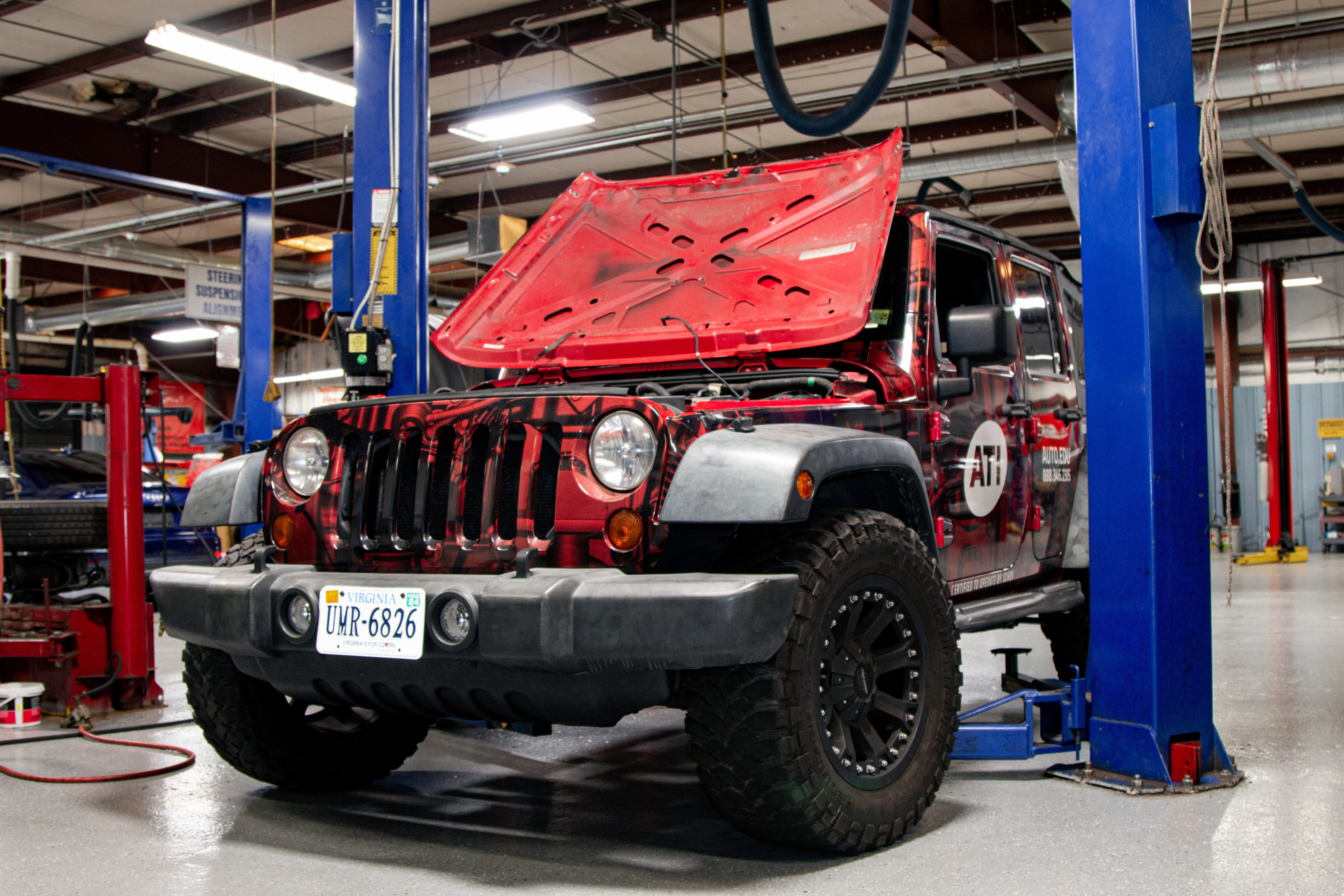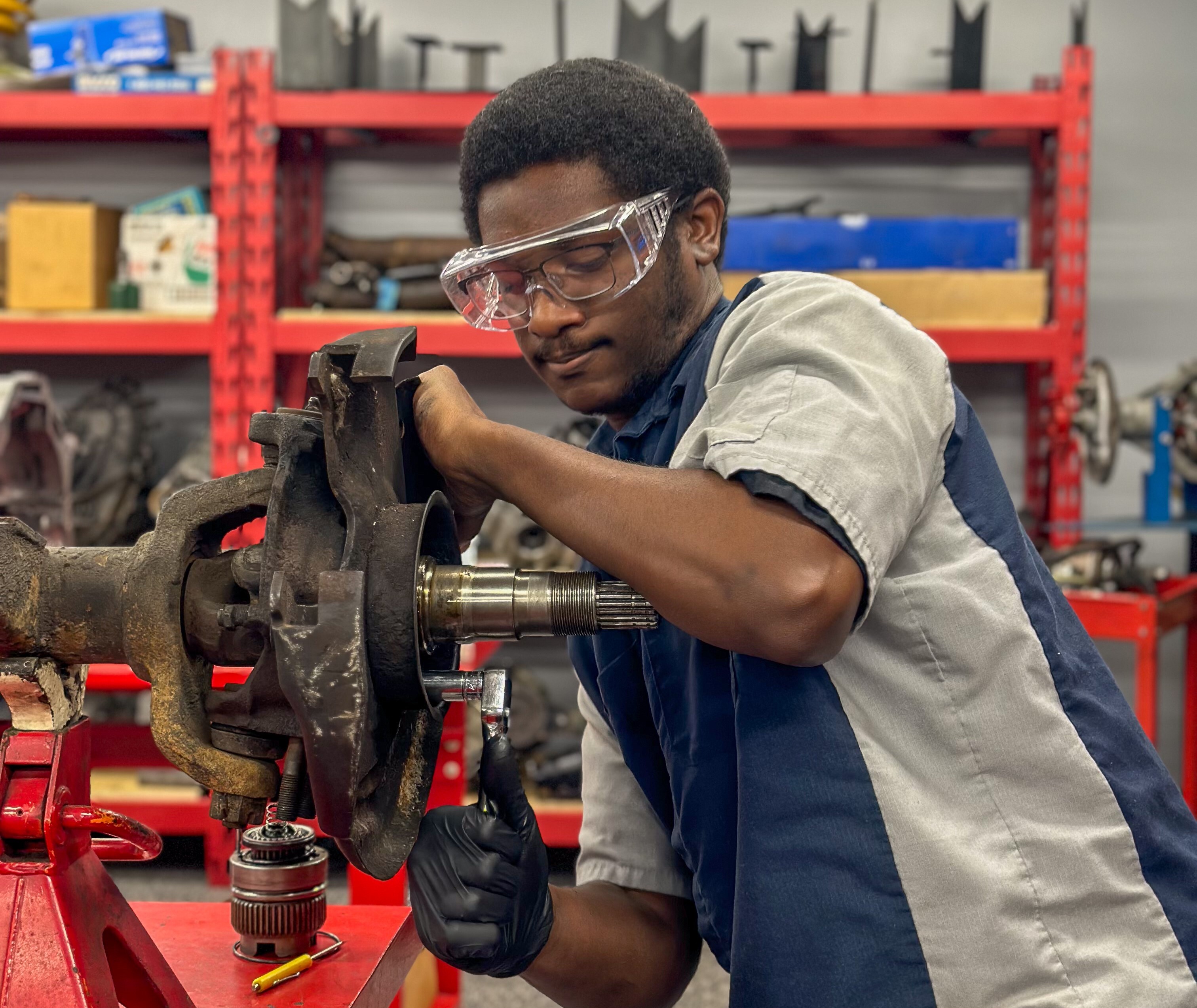Maintenance Technician: A Comprehensive Guide

In nearly every industry, maintenance technicians play a pivotal role in keeping operations running smoothly. Whether repairing conveyor belts in a manufacturing facility, troubleshooting HVAC systems in commercial buildings, or maintaining medical equipment in hospitals, maintenance technicians are essential to the safety, efficiency, and reliability of modern infrastructure.
But what is a maintenance technician exactly? What skills do they need, and how can you become one? In this comprehensive guide, we’ll explore what the job involves, the steps to enter the field, the importance of training, and whether it’s the right career for you.
Quick Links
-
What is a Maintenance Technician?
-
What Does a Maintenance Technician Do?
-
How to Become a Maintenance Technician?
-
Maintenance Technician Training
-
Is a Maintenance Technician a Good Job?
What is a Maintenance Technician?
A maintenance technician is a trained professional who handles the upkeep, inspection, troubleshooting, and repair of machinery, equipment, and systems. These professionals work in various settings, including factories, office buildings, schools, airports, and healthcare facilities. Their job is to ensure that everything from electrical panels and plumbing systems to mechanical conveyors and production equipment continues functioning properly.
This role combines elements of mechanical, electrical, and sometimes even computer systems knowledge. In a world increasingly dependent on automated technology, the need for skilled maintenance technicians has only grown.
What Does a Maintenance Technician Do?
The daily responsibilities of a maintenance technician can vary significantly depending on the industry and environment, but they typically include:
- Preventive Maintenance: Inspecting systems regularly to prevent failures before they happen. This may include checking oil levels, tightening bolts, cleaning filters, and calibrating sensors.
- Corrective Repairs: Diagnosing and fixing problems when equipment malfunctions. This could involve replacing worn-out components, rewiring electrical circuits, or recalibrating machine settings.
- System Monitoring: Using diagnostic tools or software to monitor performance and detect abnormalities in equipment behavior.
- Emergency Response: Responding quickly to breakdowns or malfunctions that halt production or threaten safety.
- Record-Keeping: Logging inspections, repairs, and maintenance schedules using CMMS (Computerized Maintenance Management Systems).
- Collaboration: Working with engineers, machine operators, and other technicians to ensure seamless operations.
What Types of Equipment Do They Work On?
Maintenance technicians work on a broad array of systems and tools, such as:
- Mechanical Systems: Pumps, motors, belts, pulleys, compressors, and gearboxes.
- Electrical Systems: Control panels, breakers, wiring, fuses, and transformers.
- HVAC Systems: Air handlers, boilers, chillers, and rooftop units.
- Production Equipment: Conveyor belts, packaging machines, robotic arms, CNC machines.
- Facility Infrastructure: Doors, elevators, lighting, plumbing, and alarm systems.
Depending on the size and scope of the operation, technicians might specialize in one area or cover multiple systems.

How to Become a Maintenance Technician?
Becoming a maintenance technician doesn’t follow a single path. However, there are generally accepted steps that can prepare individuals for success in this career.
1. Earn a High School Diploma or GED
This is the baseline educational requirement for most technician positions. Students interested in this field should consider taking courses in math, physics, shop, or technical drawing during high school.
2. Complete Technical or Vocational Training
While some technicians learn entirely on the job, most employers prefer candidates who have completed a trade program or earned an associate degree in fields like industrial maintenance, mechatronics, or mechanical engineering technology. These programs often include hands-on labs and classes on topics like:
- Blueprint reading
- Electronics
- Fluid power systems
- Welding and fabrication
- Industrial safety
3. Gain Practical Experience
Entry-level roles such as maintenance helper or apprentice allow you to build experience under the guidance of seasoned professionals. These opportunities are valuable for learning how to use tools, understand maintenance protocols, and navigate work orders.
4. Obtain Relevant Certifications
Certifications are not always required, but they can increase job prospects and validate specialized skills. Some common ones include:
- CMRT (Certified Maintenance & Reliability Technician)
- EPA Section 608 (for those handling refrigerants in HVAC systems)
- OSHA 10/30 (for workplace safety and hazard awareness)
- Forklift or Aerial Lift Certification (depending on the job site)
5. Continue Learning
Technology in maintenance is evolving—many systems are now controlled by PLCs (programmable logic controllers), and smart sensors are becoming more common. A strong maintenance technician stays updated on new systems and tools.
Maintenance Technician Training
Training is one of the most critical components of becoming a competent technician. It can come through formal education, certification programs, or on-the-job mentoring. Whether you're working toward an associate degree or learning from a senior technician, the key is exposure to real-world equipment and troubleshooting scenarios.
Key Training Areas
- Mechanical Systems: Learning how gears, shafts, belts, and pulleys work together—and how to service them.
- Electrical Systems: From understanding voltage and amperage to reading electrical diagrams and using multimeters.
- Hydraulics and Pneumatics: Used heavily in manufacturing, these systems require knowledge of pressure systems and fluid dynamics.
- PLC Programming: Essential for modern automated systems.
- Maintenance Software: Familiarity with CMMS tools helps manage tasks, track inventory, and log service history.
- Safety Procedures: Lockout/tagout, PPE usage, and hazard communication are vital for preventing workplace accidents.
Well-trained technicians not only fix problems—they help prevent them, improve efficiency, and enhance workplace safety.
Is a Maintenance Technician a Good Job?
While personal preferences will determine if this career is a good fit, many find the role of a maintenance technician to be both stable and satisfying. Let’s look at the non-financial pros and cons of this job:
Pros
- Every Day Is Different: The variety of equipment and tasks means you’re rarely bored.
- Tangible Results: You see the direct impact of your work—when a system you fixed comes back online, it’s incredibly rewarding.
- Problem-Solving: Ideal for analytical thinkers who enjoy troubleshooting and figuring out how things work.
- Career Mobility: With the right skills and experience, technicians can advance into supervisor, engineering tech, or facilities management roles.
- Respected Skill Set: Your abilities are essential, visible, and valued by the team and company.
Cons
- Physically Demanding: Expect to bend, crawl, lift, and sometimes work in uncomfortable environments (e.g., hot, noisy, or cramped spaces).
- Irregular Hours: Maintenance doesn’t stop at 5 p.m. Some roles involve being on-call, working nights, or responding to emergencies.
- Risk of Injury: Safety is a top priority, but there’s always risk when dealing with high-voltage electricity, moving parts, or chemicals.
For individuals who are mechanically inclined, enjoy variety, and thrive in fast-paced environments, the rewards can outweigh the challenges.
Conclusion
Maintenance technicians are the backbone of operational continuity in industries that rely on complex systems and equipment. With responsibilities spanning diagnostics, repair, and system optimization, they are vital in preventing disruptions and ensuring safety.
If you're mechanically curious, hands-on, and eager to solve real-world problems, this could be the ideal career path for you. With multiple entry points—from high school grads to those seeking a career shift—and a wealth of training opportunities available. To learn more click here.
Industry Knowledge
Welcome to the Advanced Technology Institute's Blog, your resource for industry insights and discussions on technologies shaping the future of automotive, heavy vehicle, hvac, welding, and other related career paths.
Explore how ATI's curriculum and hands-on learning opportunities can propel your career in the tech-driven world.


